“Welcome to Antarctica – the most beautiful place in the world today!”
That was the salutation that gently woke me up each morning during my trip to Antarctica. The heavy Italian accent made me smile the first morning this greeting came blaring over the ship’s intercom system. The second time, it was the knowledge that it was true. Antarctica is the most beautiful place on Earth.

A trip to Antarctica is a once-in-a-lifetime opportunity. With no permanent human habitation and logistically tricky access, it’s no surprise that the “White Continent” is one of Earth’s most isolated and untouched places.
Like so many of Earth’s most majestic natural landscapes, it’s a place where no amount of flowery language or expertly taken photographs can do justice. There’s nothing like witnessing the breathtaking sight of icebergs and glaciers up close, watching penguin colonies waddle their way down snowy slopes, or whales breach as you kayak through one of the most remote and beautiful places on the planet.
Throughout my ten-day expedition voyage with Poseidon Expeditions to the Antarctic Peninsula, I stepped outside my comfort zone, faced new challenges, and connected with nature in a profound way.
It sounds a bit Woo Woo, but my trip was truly a transformative experience. The type of experience you want to share with anyone that will listen, but also protect at all costs. To visit Antarctica is to become an ambassador for a remote and distant place that most can only dream of experiencing for themselves.
In this post, I’ll go over why you should consider visiting Antartica, how to get to Antarctica, what to know before you book your trip to Antarctica and some of my favorite Antartica experiences.
Getting To Ushuaia – The Beginning Of Your Antarctic Expedition
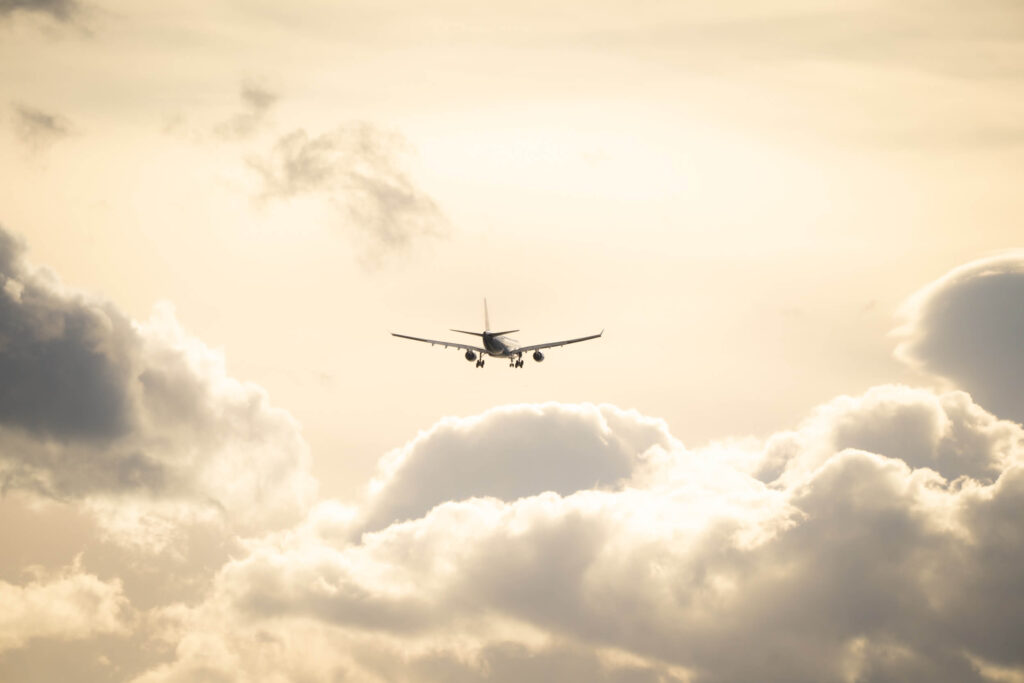
Antarctica may be challenging to reach, but it’s well worth the effort! The small town of Ushuaia is located in the southernmost tip of Argentina, and it’s the starting point for most trips to Antarctica – including the one I went on! There’s no fast way of getting to Ushuaia, but it is relatively straightforward:
First, find a flight to Buenos Aires. Buenos Aires is the capital city of Argentina, and it has an international airport (Ezeiza International Airport) that receives international flights from all over the world.
From Buenos Aires, you’ll need to take a domestic flight to Ushuaia. Several airlines operate flights from Buenos Aires to Ushuaia, including Aerolineas Argentinas, LATAM, and Flybondi. You can book your flight directly through their websites or online travel agencies.
When Is The Best Time To Visit Antarctica
The best time to visit Antarctica is during the summer months, from October to March. During this time, the temperature is at its mildest, and the sea ice has melted enough to allow easier access to some landing sites. The long daylight hours also make it possible to spend more time exploring the continent. During the summer, there are micro-seasons to be aware of when planning your trip.
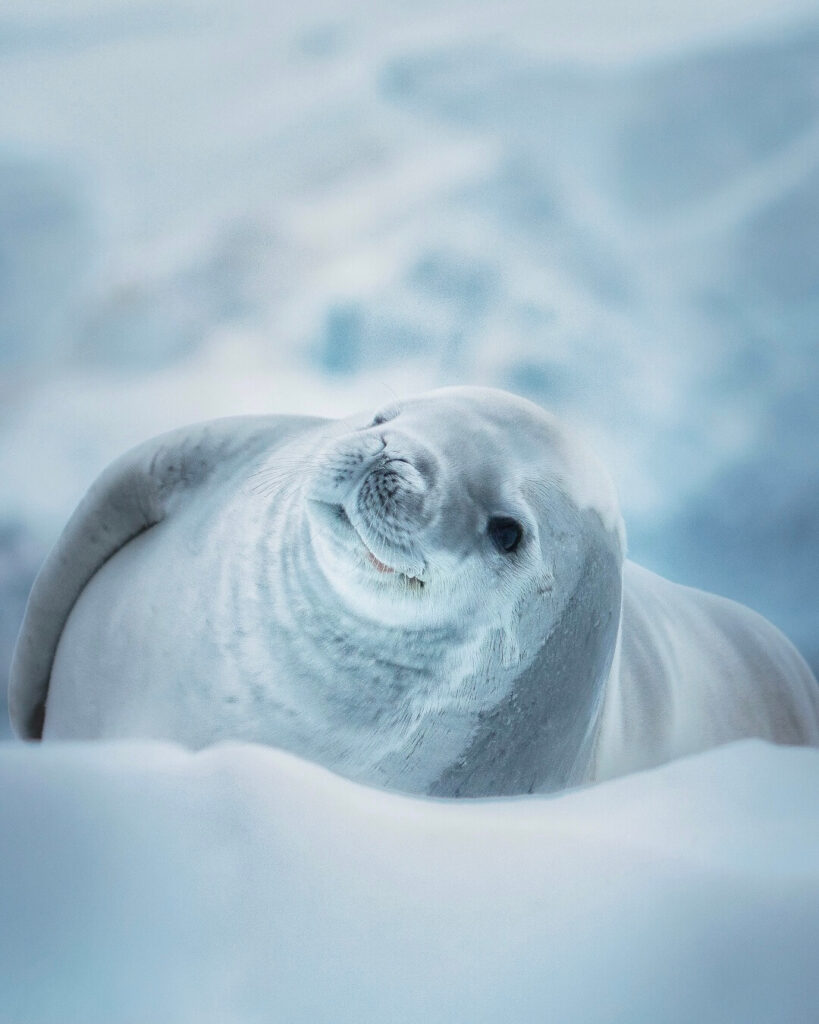

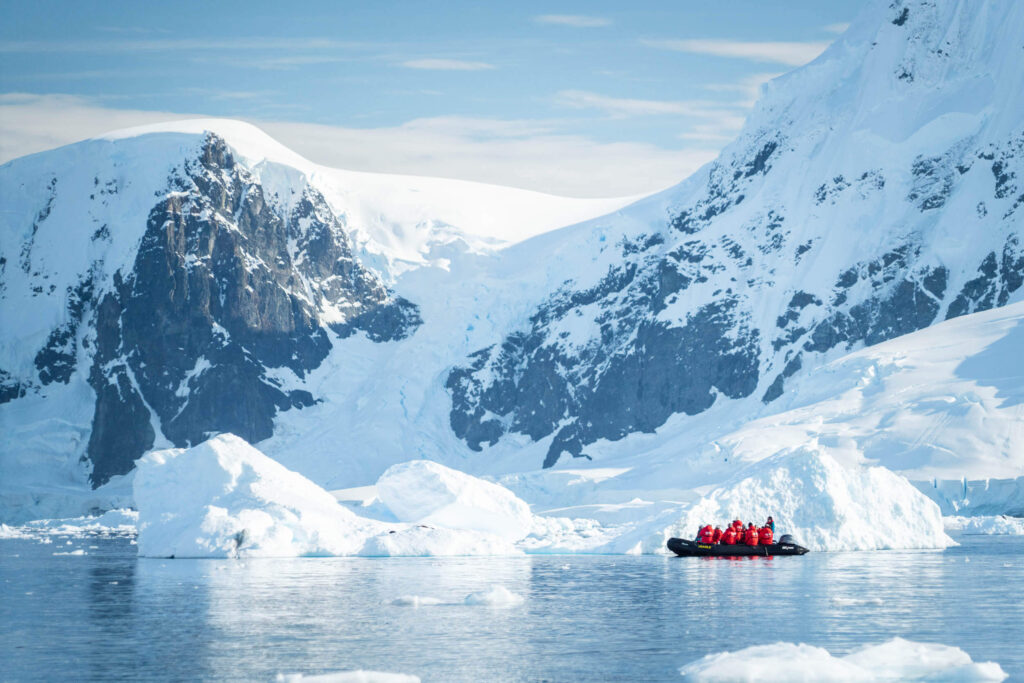
Visiting Antarctica In Early Summer (October and November)
Early summer is the Antarctic awakening. Snow and ice are plentiful, and millions of ocean-going penguins and seabirds return to Antarctica to begin their breeding season. Courtship rituals take place, and they lay their eggs. In South Georgia island, gigantic bull elephant seals battle for control of harems on the beaches.
Visiting Antarctica In High Summer (December and January)
High summer delivers the warmest weather, nearly continuous daylight, and frenetic wildlife activity. This is the best time to observe fluffy penguin chicks in their nests. Vast numbers of whales arrive in Antarctica to begin feeding, and king penguins and fur seals pack South Georgia’s beaches.
Visiting Antarctica In Late Summer (February and March)
A late summer cruise to Antarctica is the prime time for viewing maturing penguin chicks and seal pups. An abundance of young animals and their predators set the stage for dramatic events and fantastic photo opportunities. Late summer is also the best time for whale encounters of all kinds.
The timing for my trip to Antarctica
My expedition was from February 8th to the 19th. We had a mix of different weather and saw all kinds of different wildlife. I have zero complaints about when we went, but if I were to go again I think I would like to visit during high summer – probably early to mid-December.
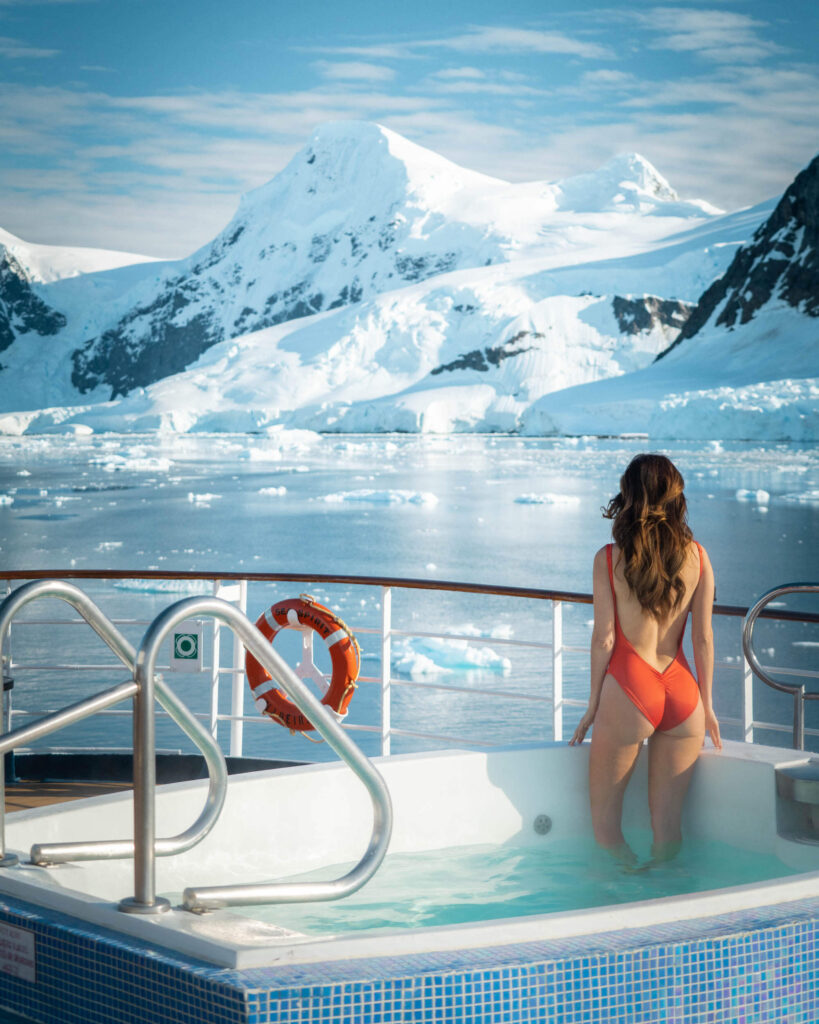
How To Choose An Antarctic Expedition
Choosing an expedition to Antarctica can be a daunting task. Once you start researching, you’ll inevitably find quite a few Antarctica tour packages offering a range of trips with different itineraries, accommodations, and activities.
Ultimately, the best option for choosing a polar expedition to Antarctica depends on your preferences and priorities. The following factors can help you decide what type of trip to Antarctica would be best for you:
Itinerary: Consider the itinerary of each expedition in Antarctica and what sights and activities it includes. Some polar expeditions may focus more on wildlife watching, while others may emphasize visits to research stations or historical sites. Choose an itinerary that aligns with your interests and preferences.
Size and Passenger Count: It’s critical to note that larger cruise ships cannot make landings in Antarctica. The International Association of Antarctica Tour Operators (IAATO) limits the size of vessels that can make landings to those carrying 500 passengers or fewer. On the other hand, an Antarctic cruise line with a smaller ship carrying between 50 and 200 passengers can navigate the polar waters more efficiently and make landings in the continent’s more remote and pristine areas.
Accommodations: Consider the type of accommodations offered and what level of comfort you require. Do you prefer a basic cabin or a luxurious suite? Keep in mind that the level of comfort often correlates with the cost.
Reputation: Look into the reputation of the tour operator you are considering. Read reviews from previous passengers, and check if the operator has any accreditations or certifications.
Expertise: Look for an operator with experienced staff and crew members knowledgeable about Antarctica and its unique environment.
Environmental Responsibility: Consider the environmental impact of the expedition and look for an operator that follows strict environmental guidelines. The best Antarctica cruises take steps to minimize their impact on the region.
Price: Antarctic expeditions can vary wildly in price, so consider your budget when choosing an operator.
Flexibility: Consider the flexibility of the itinerary and activities offered. Some Antarctica expeditions may provide more flexibility regarding what activities you can participate in or how long you can stay in specific locations.
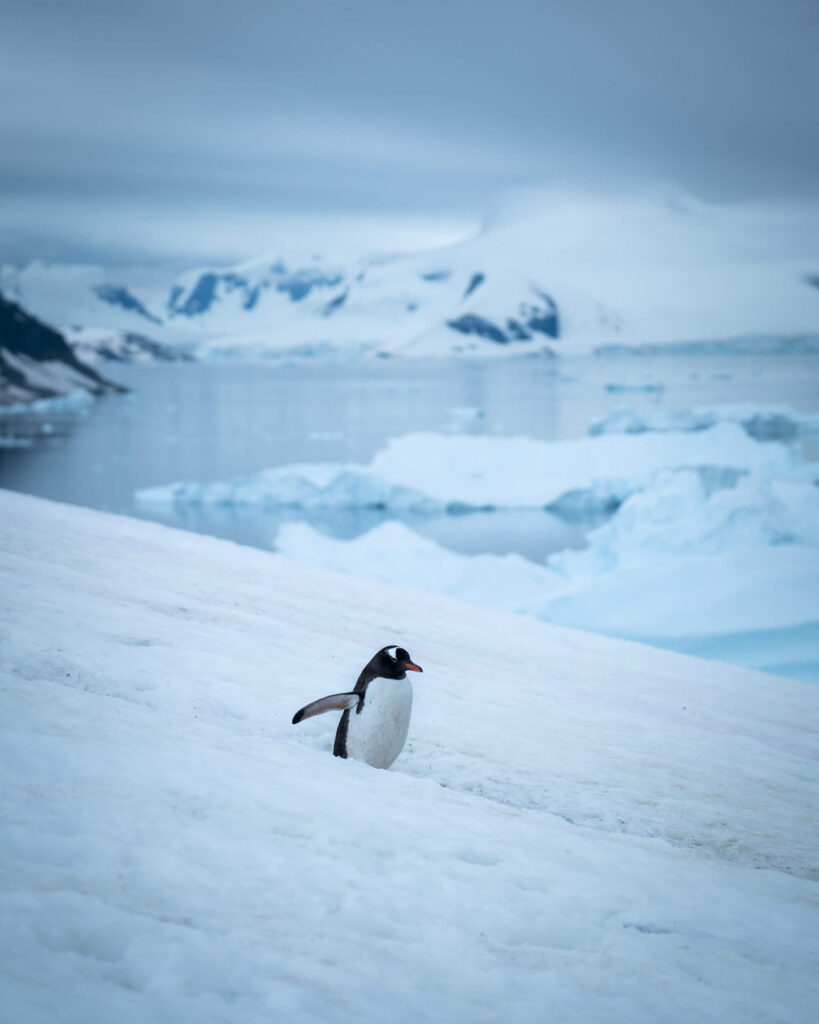
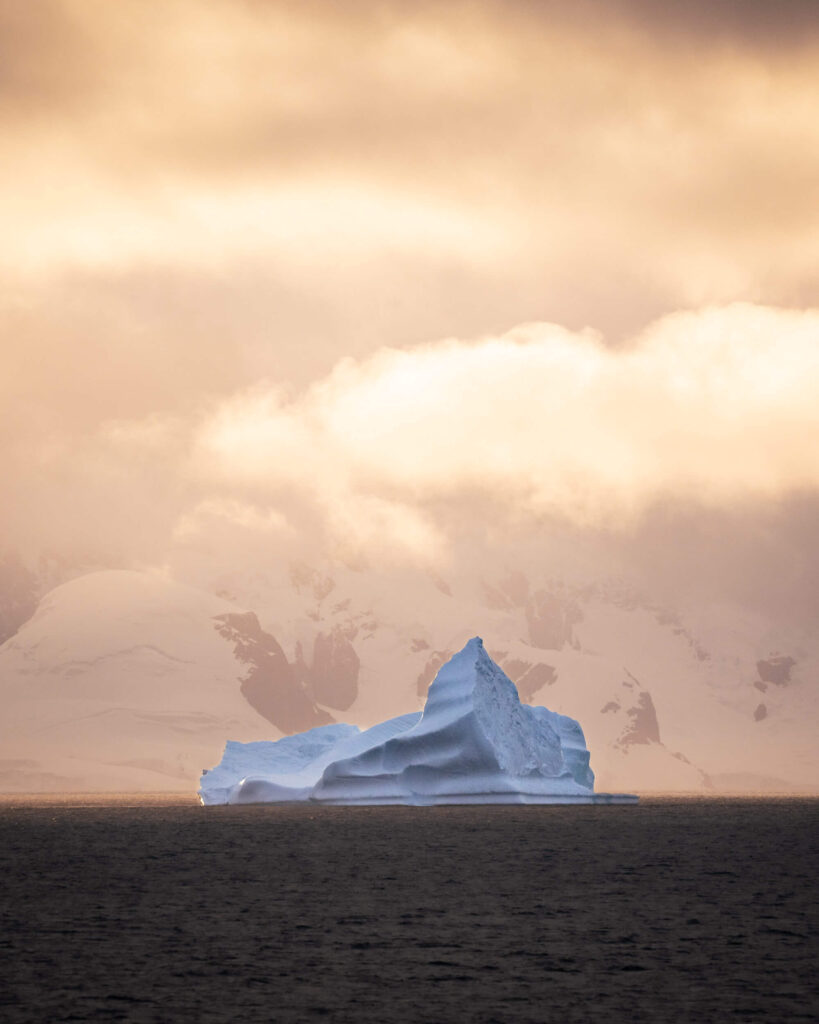
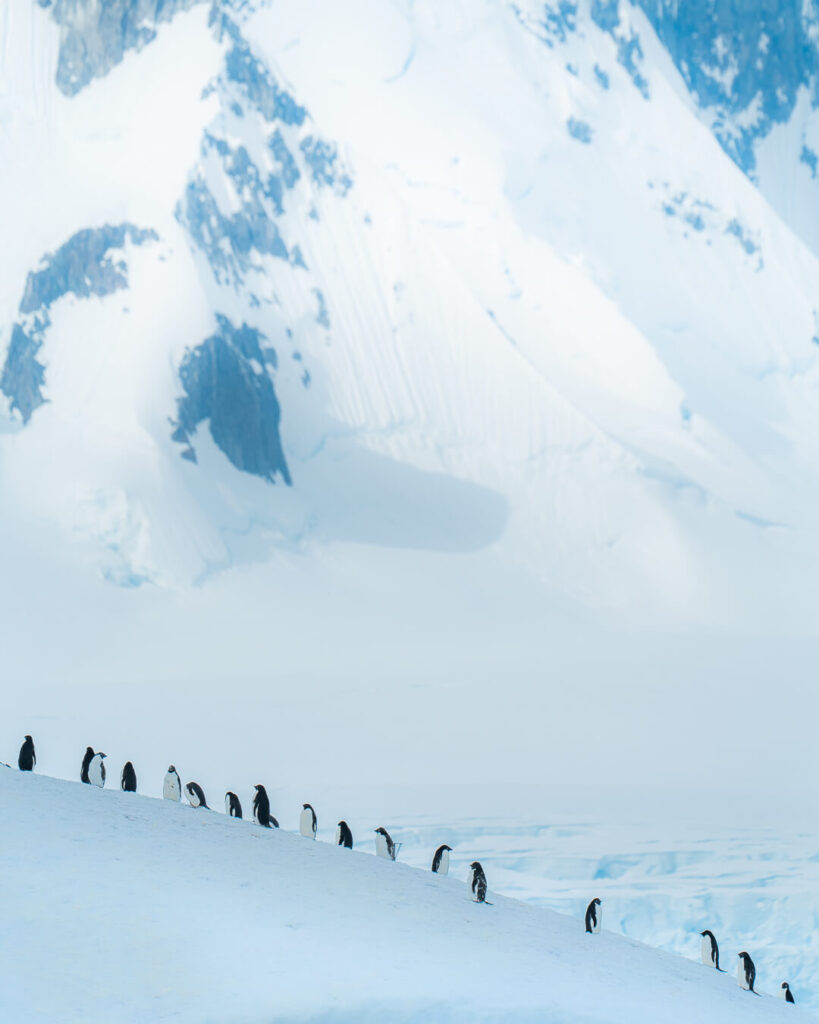
How Much Does A Trip To Antarctica Cost?
If you’re wondering how much is a trip to Antarctica, the cost of a trip to Antarctica can vary widely depending on several factors, including the itinerary, duration, level of comfort, and activities offered.
Generally, a trip to Antarctica can cost anywhere from $5,000 to $25,000 or more per person. Some of the factors that can affect the cost of a trip to Antarctica include the following:
Itinerary: Longer trips with more stops and activities are more expensive than shorter, more basic itineraries.
Level of Comfort: The level of comfort offered can range from basic camping to luxury accommodations with private balconies and en-suite bathrooms.
Activities: Some trips offer more activities, such as kayaking, mountaineering, or camping, which can increase the cost.
Time of Year: The cost of a trip to Antarctica can also vary depending on the time of year, with peak season (December to February) typically being more expensive than shoulder season (October to November and March).
Operator: Different tours to Antarctica have different pricing structures, with some offering more budget-friendly options and others catering to more luxury-minded travelers.
Timing your trip to Antarctica
Cruise lines like to fill their ships before setting sail. This often means they will offer discounted prices as the departure date approaches. I met a girl on my trip to Antarctica who purchased her ticket two days before departure for 50% off.
Of course, this only worked because she was already in Ushuaia and had the time and flexibility to wait for the right opportunity. By waiting until the last minute, you risk missing out altogether. But if you have the luxury of time, it’s something to consider.
By the same token, there are often “early bird” discounts as well. So you can potentially save money by committing to a trip well in advance of the departure date.
Pro Trip
It’s important to note that the cost of a trip to Antarctica often does not include additional expenses such as airfare, visas, travel insurance, tips, and optional activities. For instance, the kayaking and camping experiences offered by Poseidon Expeditions each cost around $300 per person.
These extra expenses can add up quickly, so it’s helpful to decide which activities you’re interested in participating in and budget accordingly.
Tipping on your trip to Antarctica
Tipping for excellent service is a time-honored tradition in the cruise industry. Amounts are at the discretion of each guest, but the standard is generally between $10-20 per person, per day of the trip.
Gratuities are usually pooled and shared between the hotel and catering staff and the expert expedition team. Poseidon Expedition provided us with information about the tipping procedure as well as suggested amounts the day before disembarkment.
Sailing To Antarctica With Poseidon Expeditions
Until recently, I’d never seriously thought about visiting Antarctica. It’s not that my interest wasn’t peaked; Antarctica just always seemed somehow out of reach. Then, about a year ago, Poseidon Expeditions offered to host me on one of their voyages to cruise Antarctica.
I did a deep dive into the company and was impressed by what I saw – positive reviews, lots of repeat passengers, and a commitment to environmentally responsible expeditions.
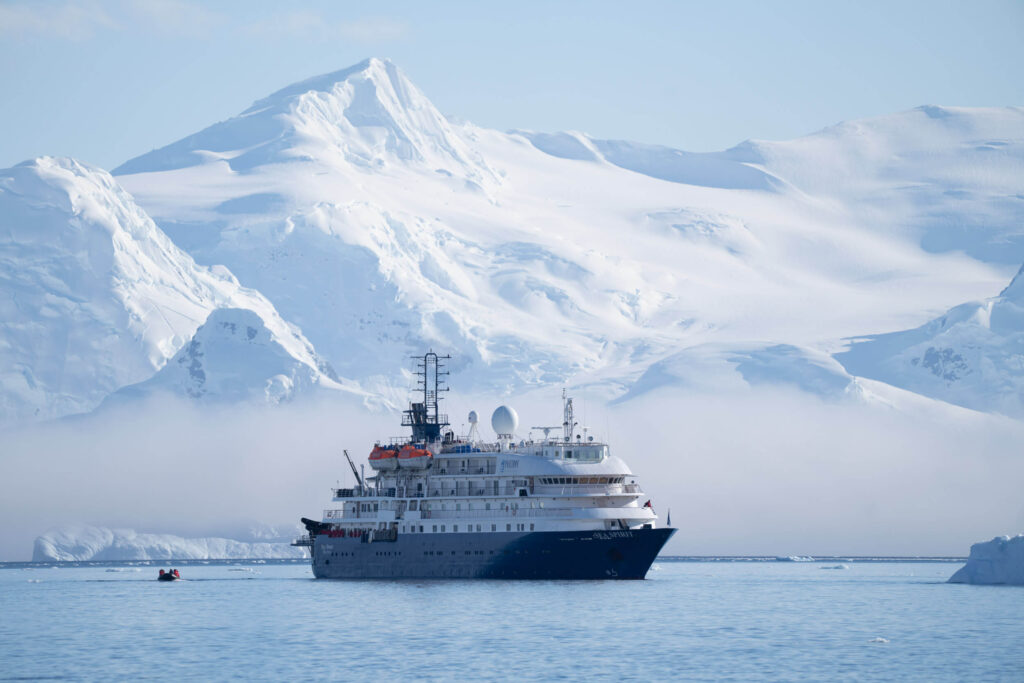
Now it was just a matter of deciding where to go. Poseidon offers expeditions all over the Arctic. Including many places at the top of my bucket list – like Greenland and Svalbard. So many choices, so little time!
But the possibility of a trip to Antarctica captivated my imagination. Sailing with Poseidon Expeditions to Antarctica offers a unique opportunity to experience the polar region’s untouched wilderness and awe-inspiring beauty. Only later did it occur to me that I would also be checking off my 7th and final continent—never a goal of mine, but a fun fact nonetheless.
My Experience on the Antarctic Expedition Cruise
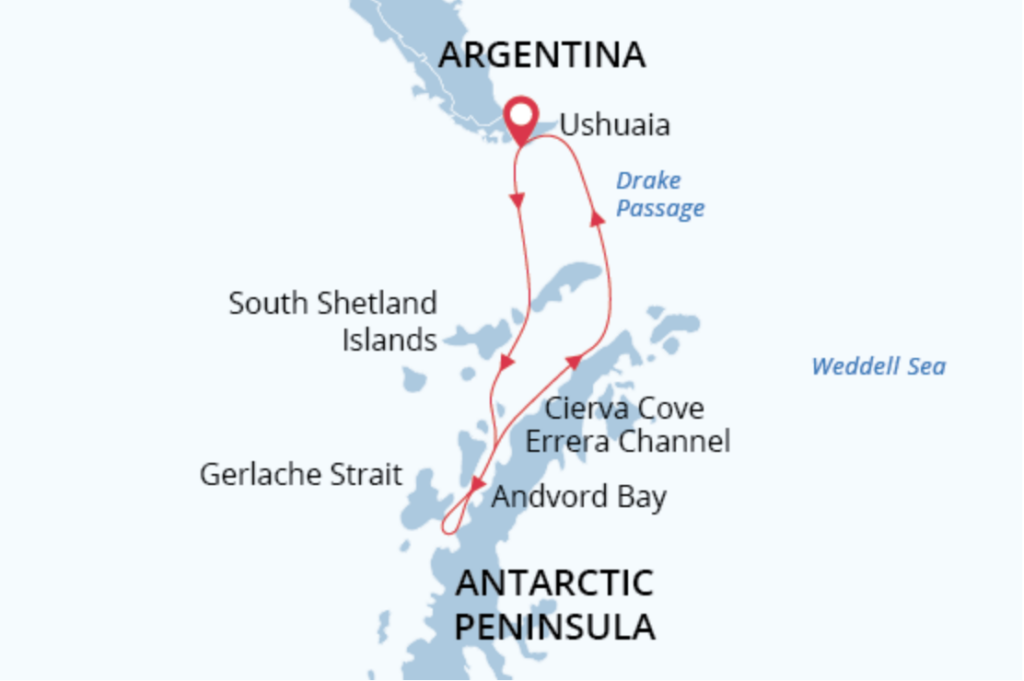
I chose Poseidon’s ten-day Antarctic Peninsula – “Realm of Penguins and Iceberg” trip aboard their Sea Spirit expedition ship. It was an incredible experience! Everything it promised to be and more.
Built-in 1991, their exposition ship—Sea Spirit—felt like home by the end of my ten days on board. Not only were the spaces cozy and welcoming, but the small ship size allowed a pleasant familiarity to blossom between the crew and passengers.
It’s been almost a month since I disembarked, and I’m still communicating with some of my fellow passengers. Friendships were forged over daily tea dates in the library and multi-course dinners. Over time I’ve realized that few things bring people together, like a shared sense of adventure. And as it turns out, a trip to the bottom of the Earth is no exception.
From the informative lectures and the expert team onboard, to the incredible expedition in Antarctica, landings, activities and wildlife experiences, to the great food and even the hot tub on board, every aspect of this Antarctic expedition cruise was a trip of a lifetime.
The expedition staff and crew members made my trip to Antarctica exceptional, going out of their way to accommodate everyone. The informative lectures during our Drake Passage helped us get the most out of our Antarctic experience. Plus, their passion for the environmental sustainability of Antarctica was evident in everything they did.
Choosing An Expedition Company That Prioritizes the Environment
Antarctica is one of the few places on Earth still largely untouched by human development. The landscape is pristine, and the wildlife is abundant, making it a perfect destination for nature lovers. Of course, you can love a destination to death, a danger the expedition staff was well aware of.
The crew took the rules and regulations in place to minimize human impact on the environment very seriously. We weren’t allowed to take our backpacks off or sit on the ground. No exceptions.

Crossing The Drake Passage To Antarctica
The Drake Passage is the body of water between South America’s Cape Horn and the South Shetland Islands of Antarctica. The passage is known for its unpredictable weather and often rough seas, and it is not uncommon for waves to reach heights of 30 feet or more. Most Antarctica tours and cruises complete the crossing in 2-3 days, but it could take longer, depending on weather conditions.
On the way to Antarctica, our crossing was relatively mild – it wasn’t a “Drake Lake,” as it’s fondly referred to when waters are exceptionally calm. But still, nothing to write home about. The return journey. . . not so much. I’m sure conditions can get a lot worse than we had them, but for a day and a half, everyone onboard got the opportunity to put their sea legs to the test.
Besides being generally more hazardous to move around the ship, seasickness is the biggest concern when crossing the Drake Passage. I’d be lying if I didn’t say that quite a few people looked a little worse for wear those last few days.
However, a little Dramamine right before bed did the trick for me. I’m not particularly prone to seasickness, but I didn’t see the point in taking any chances. Plus, they were dispensing it like candy at the front desk. Motion sickness medication works best if you take it before you need it. So that’s what I did – zero regrets.
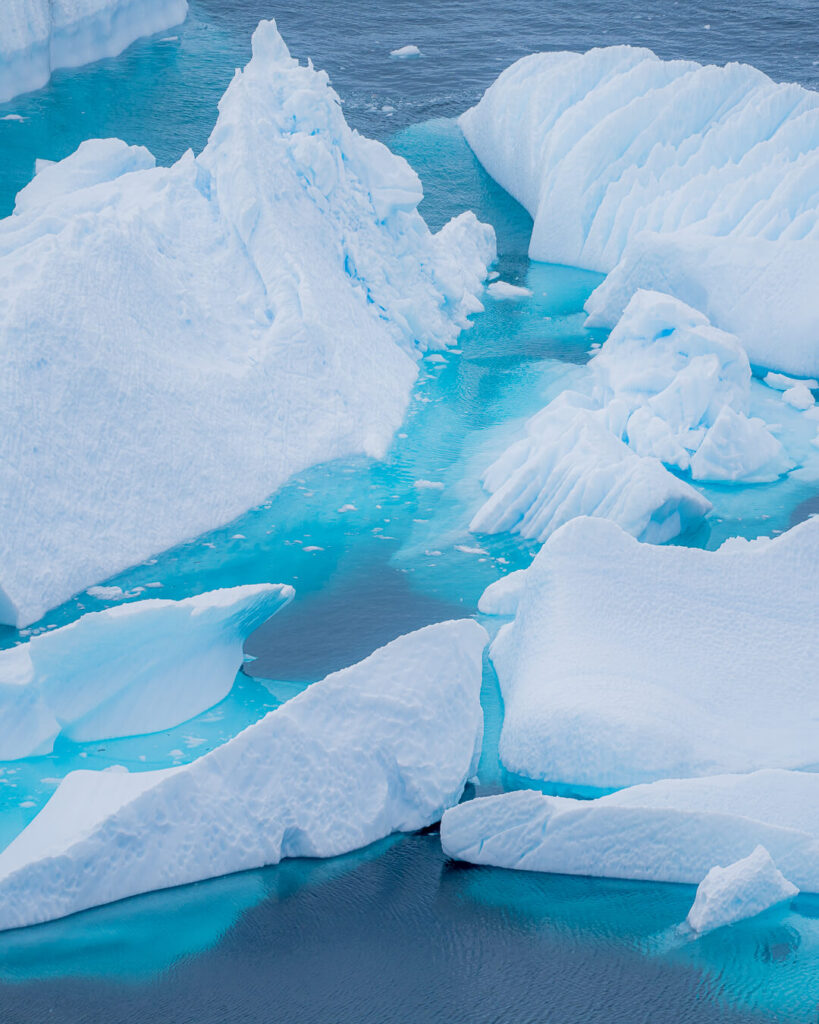

Highlights From My Trip To Antarctica
During our first mandatory lecture on board, our expedition leader told us to keep in mind that we were currently embarking on an expedition of Antarctica – NOT a cruise.
The main distinguishing feature was that we needed to let go of ridged ideas about your trip to Antarctica itinerary, expect the unexpected, and learn to go with the flow. I didn’t give this little nugget of wisdom any thought at the time.
But in hindsight, it’s an essential feature of Antarctic expeditions. Once you board any trip to Antarctica, you must be willing to relinquish all control.
It’s essential to approach an Antarctic expedition with an open mind and prepare to adjust your plans and itinerary based on the conditions on the ground. Even during the summer, when conditions are at their mildest, strong winds, high seas, and dense sea ice can sometimes make it difficult or even impossible to make landings or visit certain areas of the continent.
Moreover, wildlife sightings can never be guaranteed. This might mean changing course to take advantage of good weather or changing the timing or location of landings to avoid difficult conditions.
I bring this up now because I’m going to list some of my favorite places from my trip to Antarctica. The thing is, I had no idea we were going to stop at these places.
If I were to sign up for another Antarctic expedition, it would likely be a completely different itinerary, with different landings, weather, and certainly different animal sitings. Antarctica is like a box of chocolates – you never know what you’re going to get!
Danco Island
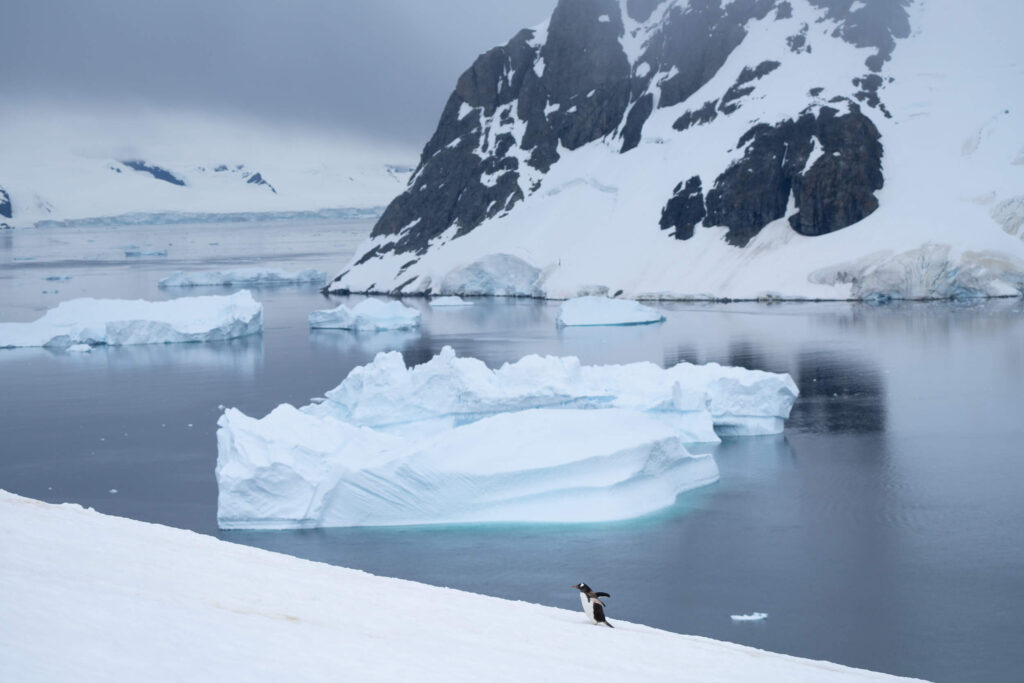
On the third day of our expedition, we woke just offshore from our first landing. Danco Island is a small, crescent-shaped island located off the west coast of the Antarctic Peninsula. It will always hold a special place in my memory as being the first real taste of Antarctica – and my goodness, was that taste yummy.
In some ways, I wish it hadn’t been first because it ended up being my second favorite Antarctica trip location. Right after breakfast, we waited anxiously to hear our group called to the zodiac platform over the intercom.
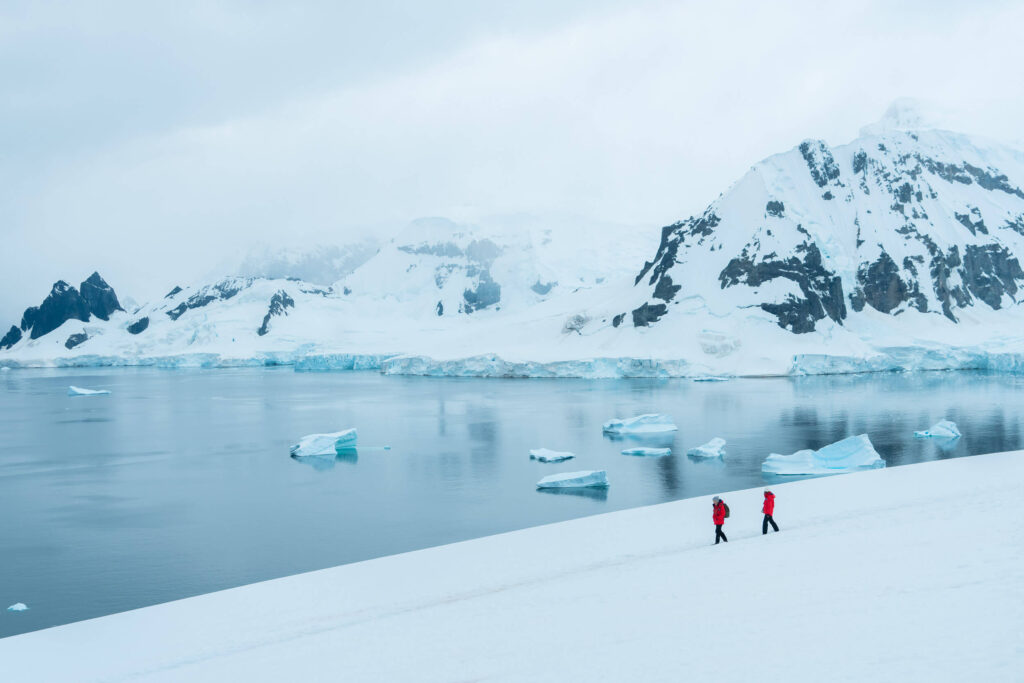
When it was finally our turn, we sat shoulder to shoulder, whizzing past icebergs and jumping penguins. My face was frozen, but the discomfort of fresh air felt rejuvenating after two days of lounging around the ship.
Mario, our expedition leader, greeted us as we pulled up to the beach. He gave a quick demonstration on how to disembark the zodiac cruise safely, pointed out the trail the team had already marked off, and explained that penguins had the right-of-way. We had two hours to explore at our leisure. We could hike to the top of the island for 360° views. Or not. Of course, we did.
Orne Harbour
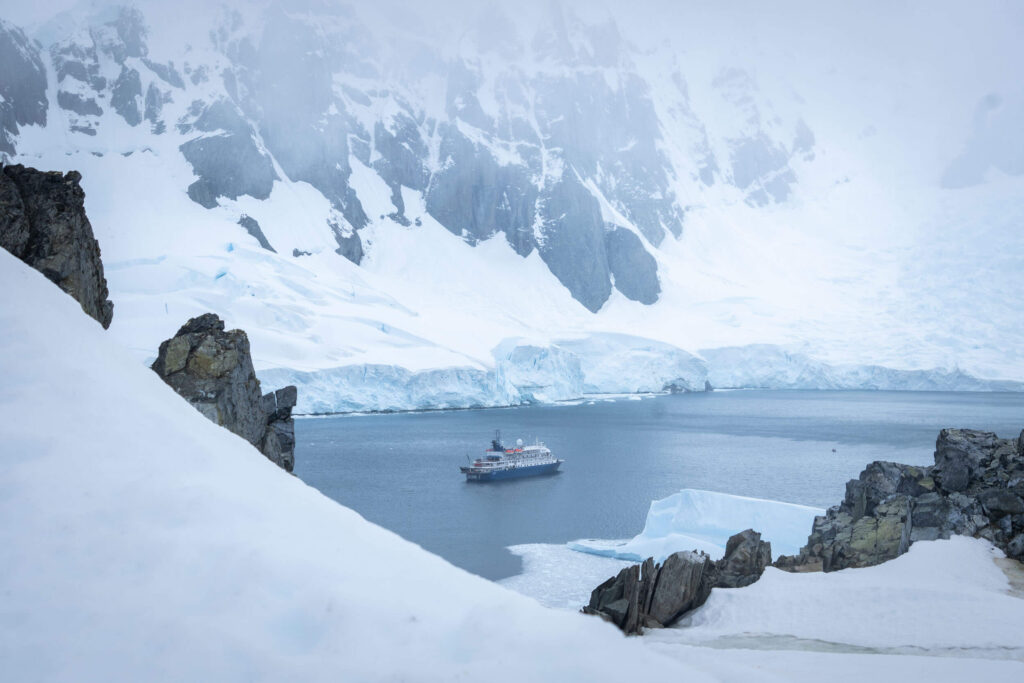
Orne Harbour was our second landing during my trip to Antarctica. By the time we arrived, the weather had deteriorated, and at first, it sounded like our second landing of the trip might not land at all. I was disappointed.
Orne Harbour was our first (and perhaps only) “official” continental landing. Plus, it would be our first chance to see the Chinstrap Penguins. But before I could get too disappointed, our fortunes changed yet again, and before I knew it, we were plowing through large chunks of ice on our way to Orne Harbour’s shore.
From the landing point, it was a short but steep climb to the chinstrap colony and spectacular views of the surrounding mountains and the Sea Spirit waiting for us in the dark water below.
Port Lockroy
Port Lockroy is one of the most popular destinations for any trip to Antarctica due to its unique history and stunning scenery. The base was primarily used for scientific research, but it also served as a secret military base during World War II. The station was eventually closed in 1962 and remained abandoned until it was restored and opened as a museum in 1996.
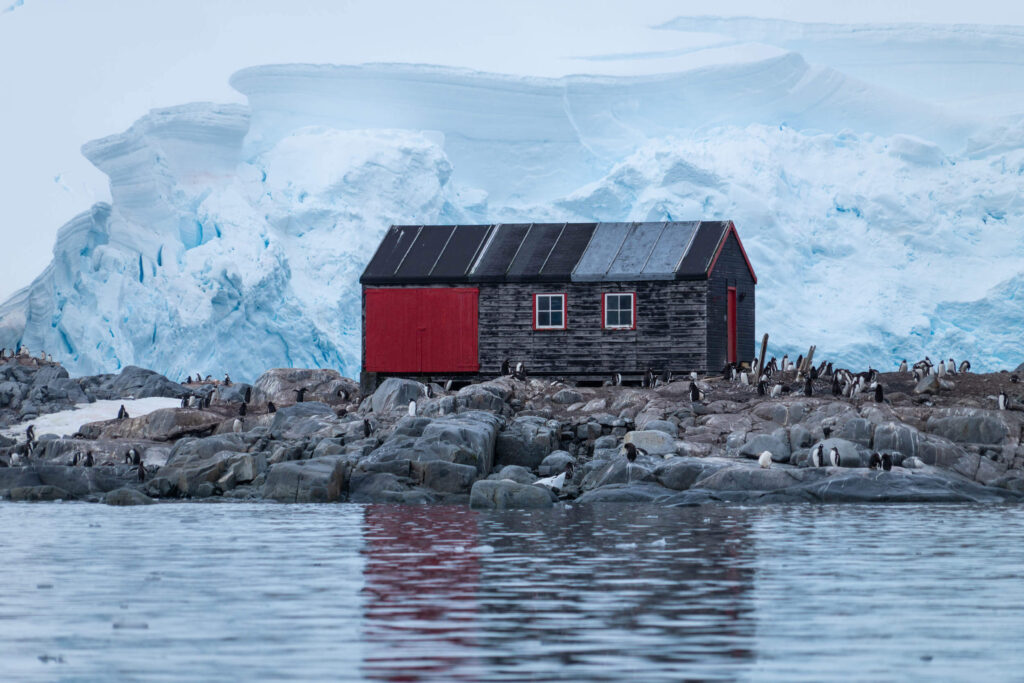
One of the unique things about Port Lockroy, and my favorite thing about it, is that it has the only post office in Antarctica! The post office was established in 1944 and has been operating ever since. During the summer, the post office is staffed by volunteers working for the UK Antarctic Heritage Trust. These volunteers sell postcards, stamps, and souvenirs to visitors and process and send mail.
Sending mail from Port Lockroy is a right of passage and a very popular activity for visitors to Antarctica.
Pro Tip:
Before our landing at Port Lockroy, the makeshift gift shop on the Sea Spirit opened up so that people could buy postcards to prepare for the post office. Unfortunately, they quickly ran out, and I couldn’t purchase any.
I wasn’t too worried because I figured I could buy some at the shop in Port Lockroy. WRONG! They were also sold out! I’m not sure if this is common, but out of a preponderance of caution, I suggest picking up some Antarctica Post Cards in Ushuaia before your departure.
Port Charcot
On most Poseidon Expedition trips to Antarctica, there is an opportunity to camp under the stars on land. The excursion is limited to 20 people, and was booked out before I joined the trip. Despite the poor odds, I went to the camping safety brief and put my name on the waitlist.
At the end of the second day on the Antarctic Peninsula, they announced that that would be the night. Much to my surprise (and secret delight), eight people who had signed up decided they didn’t fancy the idea of sleeping out in the sub-freezing conditions after all.
Quin and I both got off the waitlist, and at 9 PM, we boarded the zodiac excursions and headed for Port Charcot.
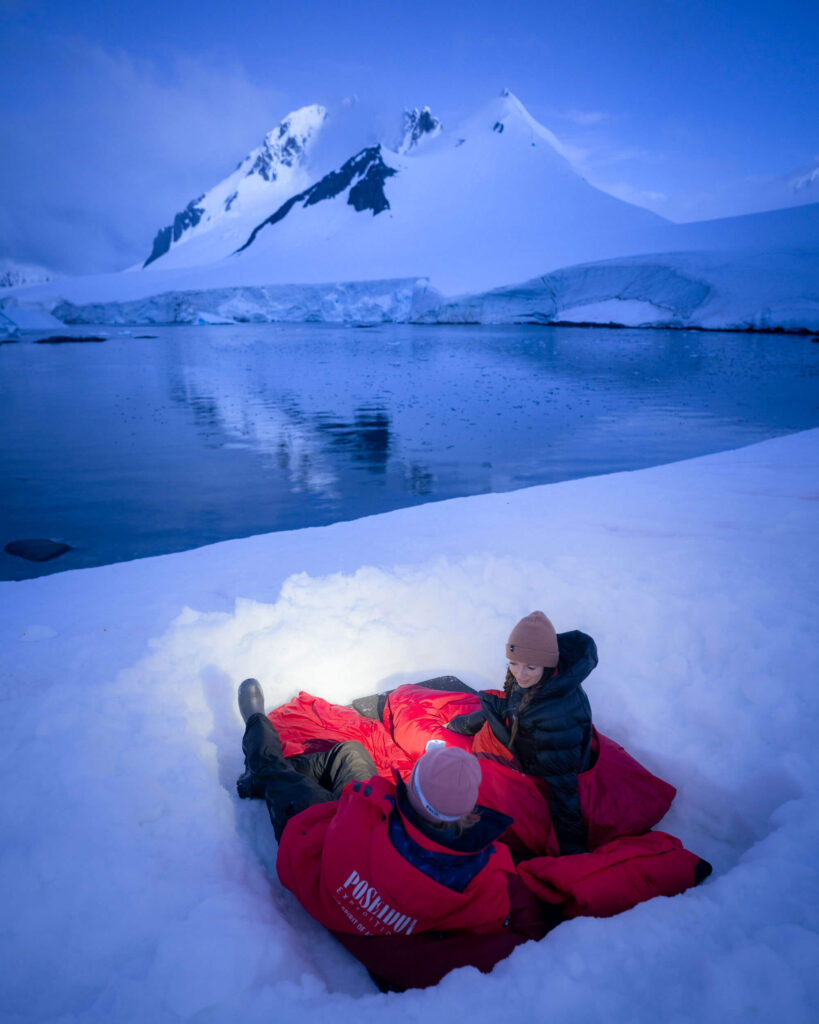
On shore, we dug out small shelters in the snow and set up camp. As the light faded, the clouds cleared to reveal striking views of the bay and nearby mountain peaks. I snuggled deep into my bivvy and eventually was lulled to sleep by the distant chatter of gentoo penguins. Not much sleep was had at Port Charcot, but it was an experience I wouldn’t soon forget.
Niko Harbor
If the next Avatar movie were snow-themed, Pandora would look like Niko Harbor. With its vast expanses of ice, snow, and glaciers, towering mountains, and abundant wildlife, Niko Harbor stood out among the other beautiful places we saw on our Antarctica expedition. It was the creme de la creme of the Antarctica trip.
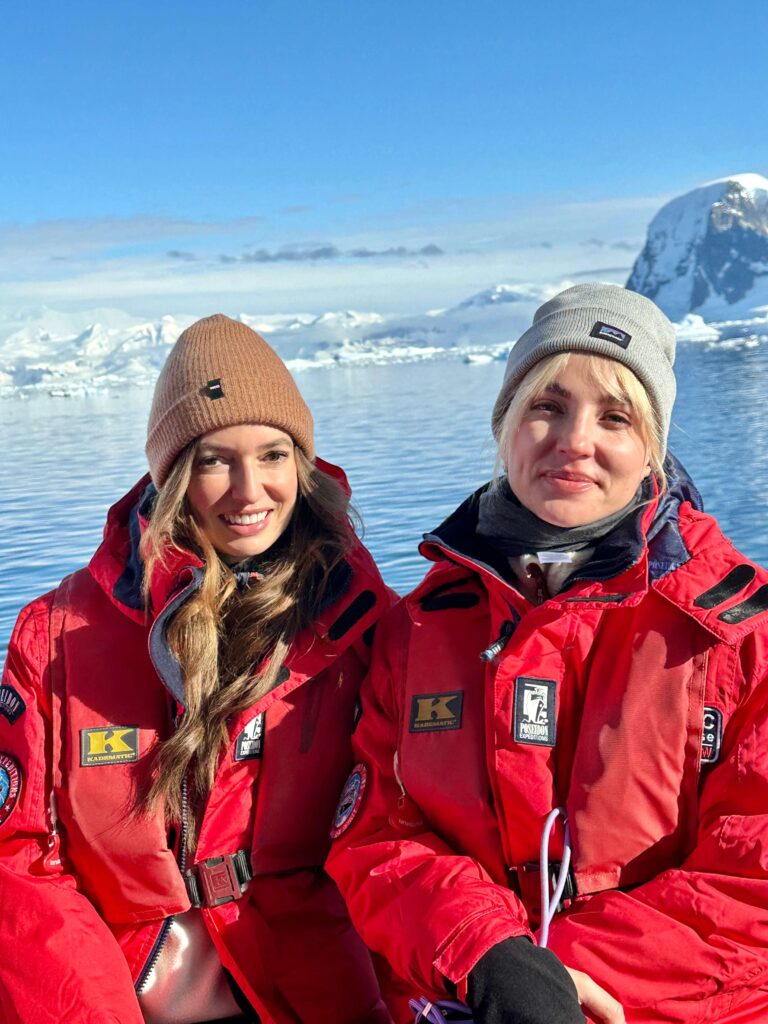
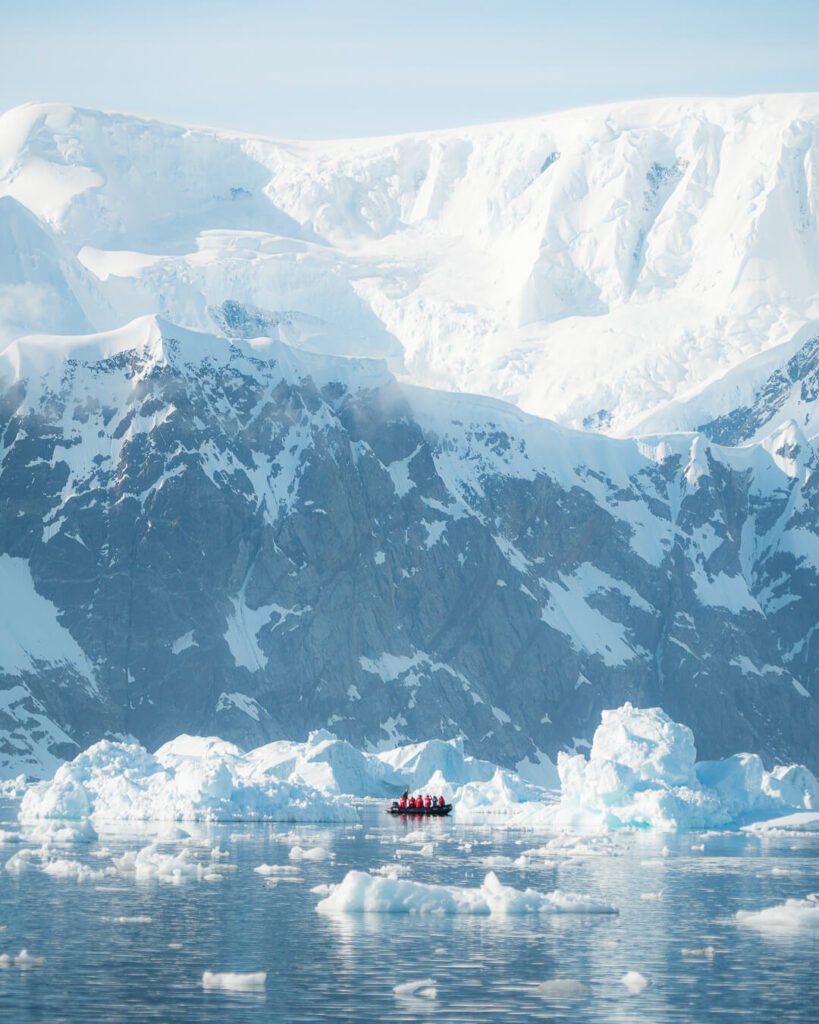
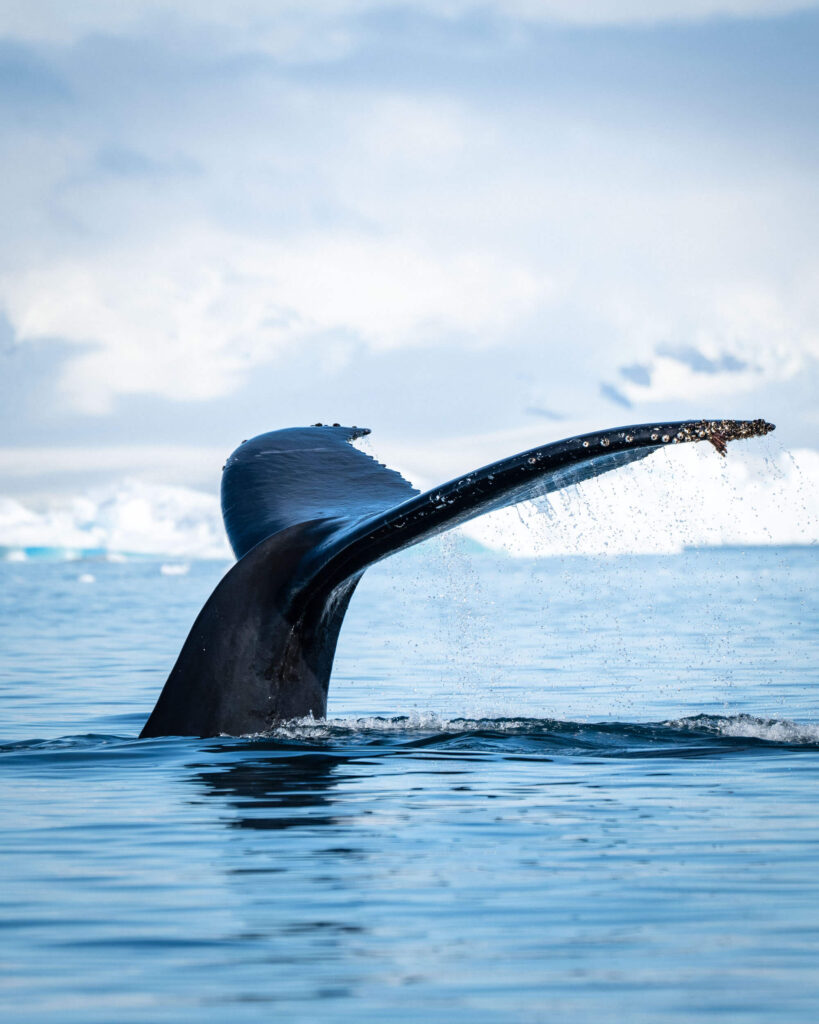
Ironically, our time in Niko Harbor started with bad news. At breakfast, the expedition team announced that they couldn’t make it to shore, so our morning landing was canceled. Instead, we would go on a zodiac expedition.
As fate would have it, that was the best possible thing that could have happened. Because unbeknownst to us, there was a surprise waiting for us among the towering glaciers and shimmering blue icebergs of Nico Harbor. Whales! Oh, so many whales.
Only a few minutes after our zodiac hit the open water, we received the first call over the radio. There were two whales just north of us. As we slowly made our way in that direction, another call came in, then another, and then the calls didn’t matter because they were everywhere.
It was hard to know which direction to look. Only one thing was certain: no matter where you looked, you would see a whale. It was one of the most beautiful experiences of my life.
Once In A Lifetime Activities Not To Miss On Your Antarctic Expedition
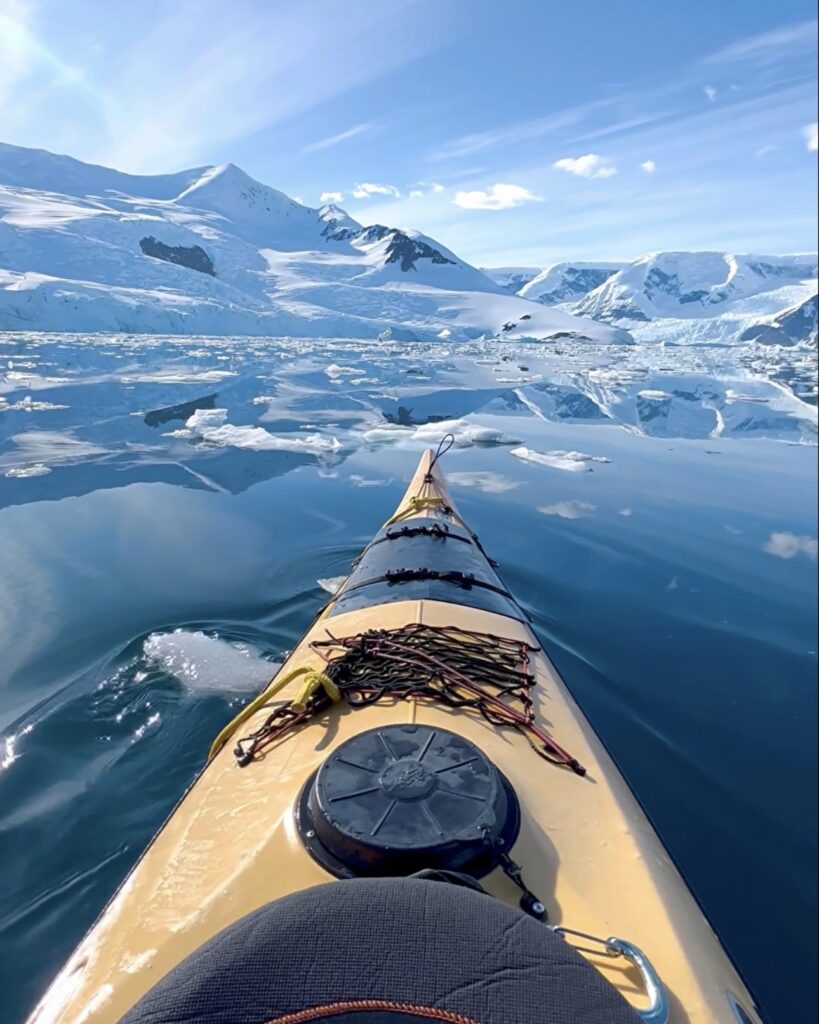
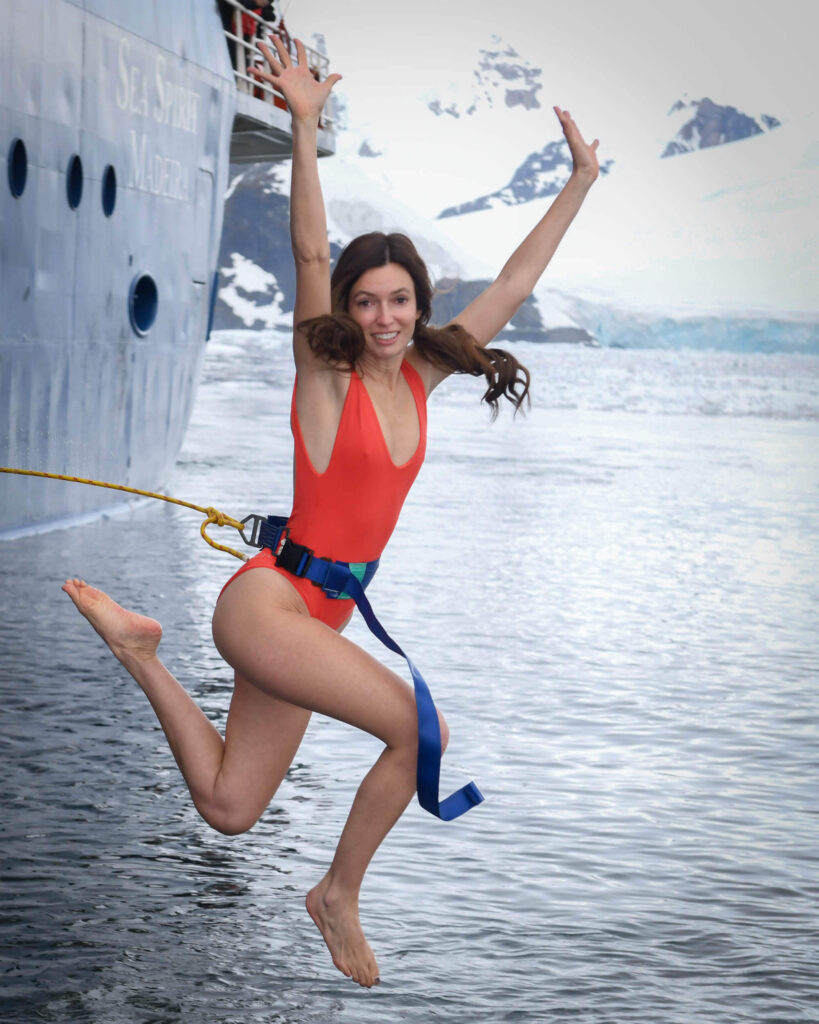
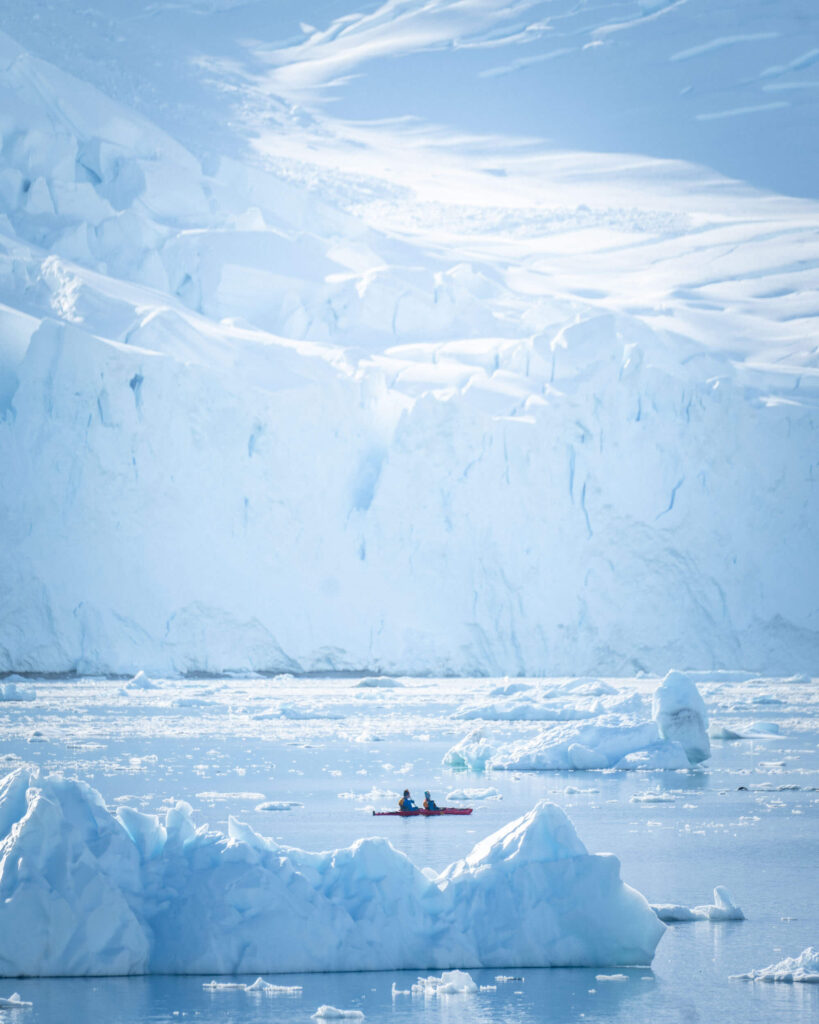
Camping In Antarctica
Camping in Antarctica is a truly unique experience, allowing visitors to spend a night under the Antarctic sky and get a sense of what life is like in this extreme environment. This unique experience is usually organized in small groups and includes all necessary equipment and safety measures.
Many people asked me whether I thought this experience was “worth it.” For me, the answer is yes. That being said, I am an outdoor adventure photographer and camping in extreme environments is well within my wheelhouse. It was not a comfortable night, and I didn’t get much sleep, but I knew that going into it. I don’t think camping in Antarctica is for everyone, but I’d do it again in a heartbeat.
Polar Plunge In Antarctica
If conditions allow, most expedition ships offer an opportunity to jump into the water of Antarctica – generally from one of the Zodiacs. Cold water isn’t for everyone, but if you’re tempted, I’d highly encourage you to try it!
Participating in a polar plunge can be a thrilling and unique experience, and it’s a rite of passage for visitors to Antarctica. The cold is short-lived, but the memories last forever! Plus, it’s one of the only free optional activities. At least on our ship, it was!
Note:
Keep in mind that the water temperature in Antarctica can be well below freezing, and the shock of the cold water can be dangerous for some people.
Sea Kayaking In Antarctica
Kayaking is a peaceful and intimate way to explore Antarctica’s waters on your Antarctic adventure, allowing visitors to paddle quietly among icebergs, glaciers, and wildlife. This activity is usually led by experienced guides and requires some previous kayaking experience.
What To Pack For An Expedition To Antarctica
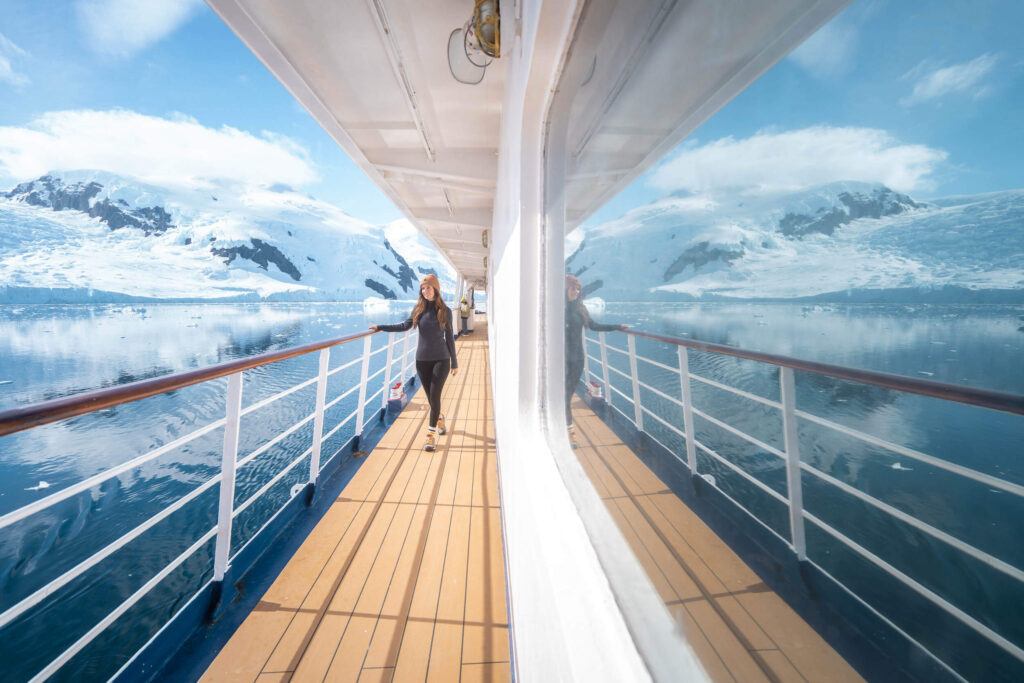
I wrote a separate blog post with everything you need to pack for Antarctica! In it you’ll find a complete list of everything I packed for my trip, including clothing and camera gear.
The key to packing for Antarctica is layering. Antarctica has some of the most temperamental weather in the world, so it’s critical to be prepared for whatever Mother Nature throws your way.
You want to bring clothing and gear that can withstand harsh and unpredictable weather conditions. For landings and other excursions you’ll need thermal underwear, fleece jackets, down jackets, and waterproof outer layers. You’ll also want to bring comfortable clothing for days on the ship.
Frequently Asked Questions About Antarctic Expeditions
Is Antarctica a country?
No, Antarctica is not a country. The Antarctic Treaty System, with 54 signatory countries, governs the continent.
Who owns Antarctica?
No one owns Antarctica. The continent is governed by the Antarctic Treaty System. Today, there are 54 signatory countries to the treaty, designed to protect the region’s environment and promote scientific research.
The treaty sets aside Antarctica as a scientific preserve and bans military activity on the continent. It also allows for freedom of scientific research and international cooperation and coordination supporting that research. The treaty has successfully maintained peace and stability in Antarctica and has become a model for international cooperation in the peaceful use of resources.
How cold is it in Antarctica?
Antarctica is Earth’s coldest, driest, and windiest continent. Temperatures can reach as low as -128.6 degrees Fahrenheit (-89.2 degrees Celsius), and the average temperature during the summer months (November-February) is around -20 degrees Celsius (-4 degrees Fahrenheit).
Are there any towns in Antarctica?
While there are research stations and bases in Antarctica, there is no permanent human habitation on the continent.
Will I see Polar Bears in Antarctica?
No. Polar bears are native to the Arctic region, located at the opposite end of the Earth from Antarctica. If you’re interested in seeing polar bears, it’s best to visit the Arctic region, such as the Svalbard archipelago or Canada’s northern territories, where polar bears live in their natural habitat.
What animals will I see in Antarctica?
Antarctica is home to a unique and diverse array of wildlife that has adapted to survive in the harsh and extreme conditions of the continent. You’ll likely see various species of penguins, seals, whales, and seabirds.
How is Antarctica’s environment protected?
Antarctica is protected by several international agreements and protocols designed to preserve its unique environment and ecosystem. The Antarctic Treaty, signed in 1959 and ratified by 54 countries is the most important.
The treaty designates Antarctica as a scientific preserve and prohibits any military activity on the continent. It also protects Antarctic flora and fauna and requires all visitors to follow strict guidelines to minimize their impact on the environment.
In addition to the Antarctic Treaty, there are several other agreements that protect Antarctica, including the Convention for the Conservation of Antarctic Seals, the Convention for the Conservation of Antarctic Marine Living Resources, and the Protocol on Environmental Protection to the Antarctic Treaty.
These agreements address fishing, tourism, and waste disposal in Antarctica. They are designed to ensure that the continent remains a pristine and unique environment for generations to come.
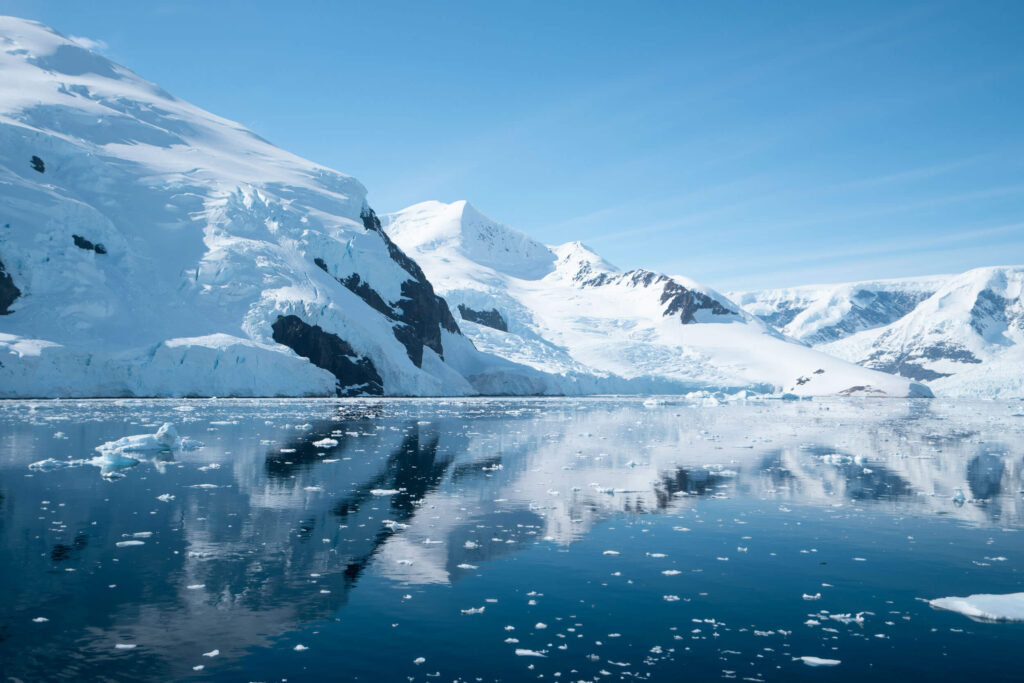
Please note that some of the links above are affiliate links, and I may earn a small commission on any purchase made – at no additional cost to you. As always, all ideas and opinions expressed in this post are entirely my own. I appreciate your support!
More Travel Posts For You!
What to Pack For An Antarctic Expedition
Four Day Ausangate & Rainbow Mountain Trek
Exploring Waterfalls In La Huasteca Potosina
Trekking Peru’s Cordillera Huayhuash
Like this post? Pin it for later and share it with others!
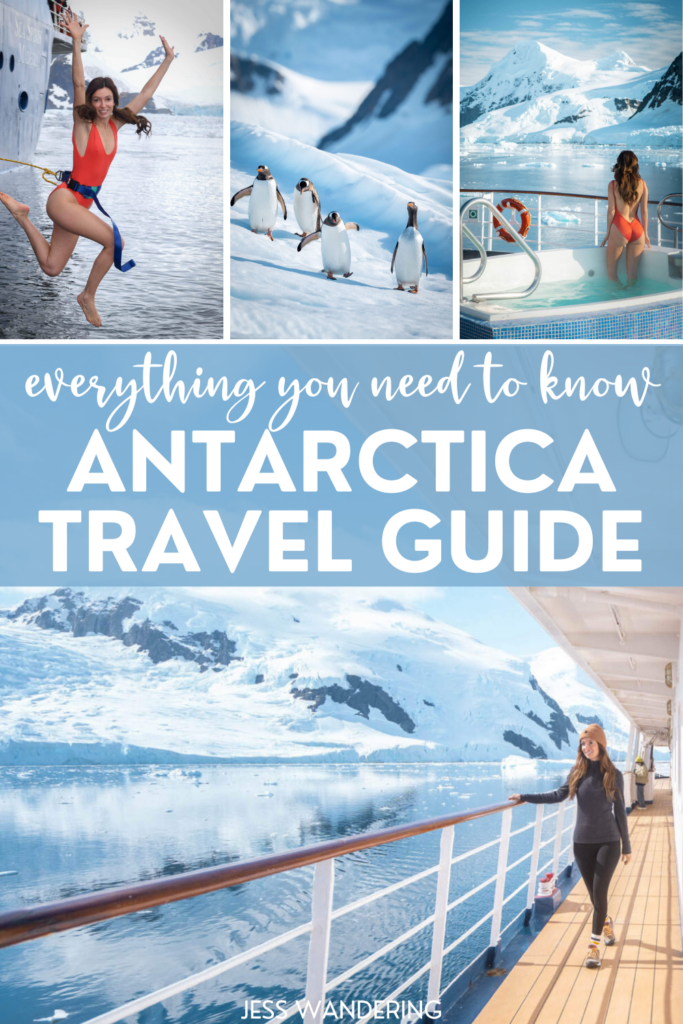
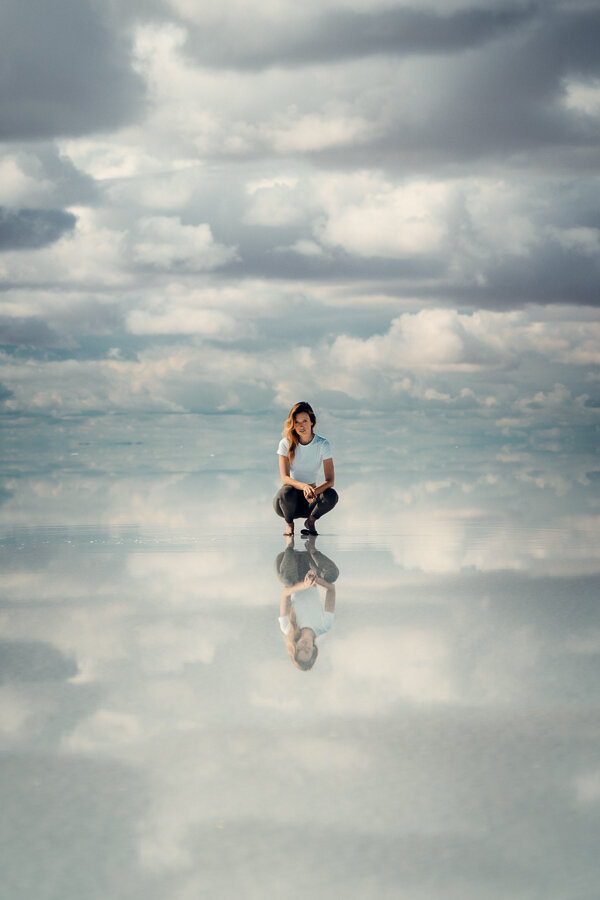
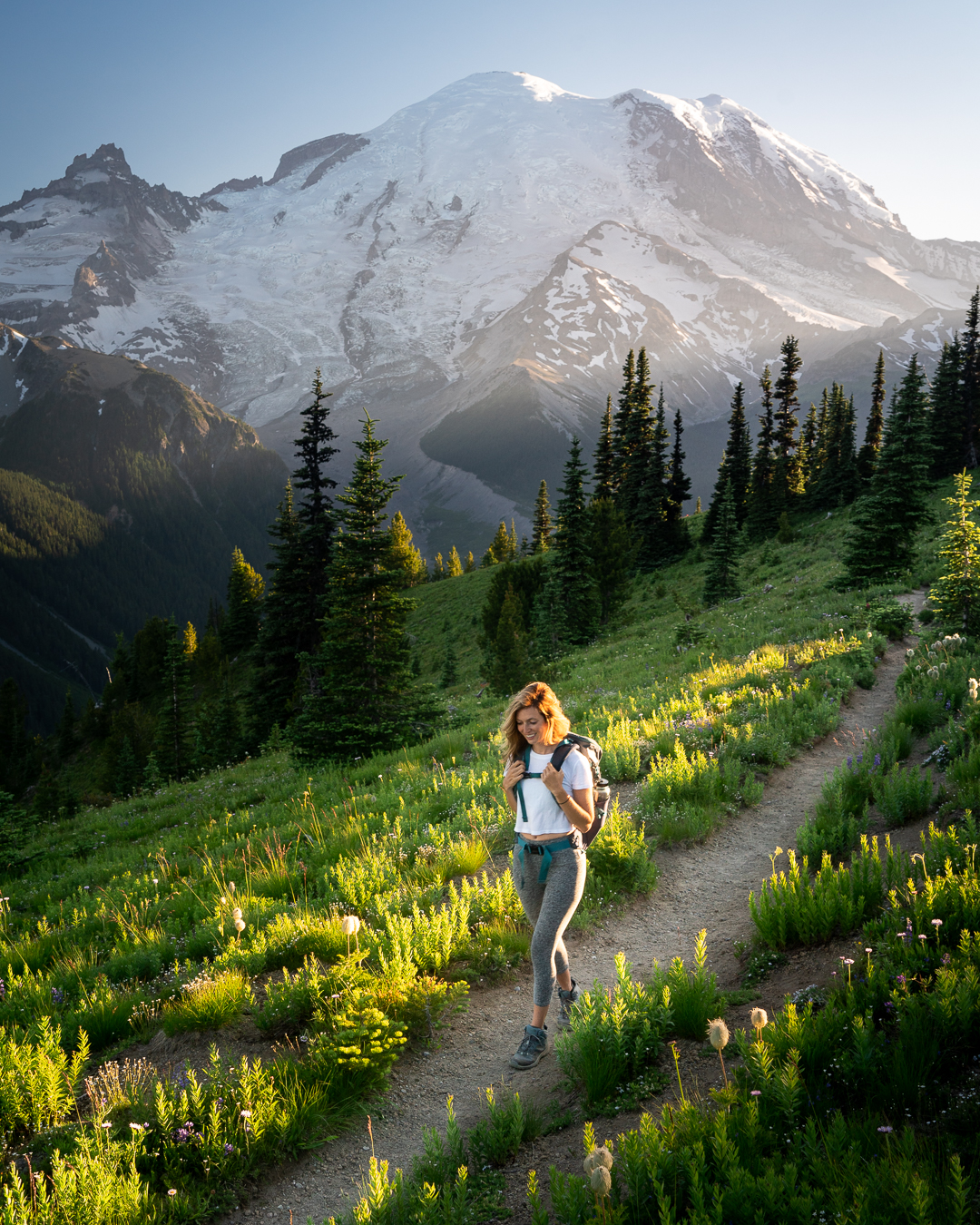
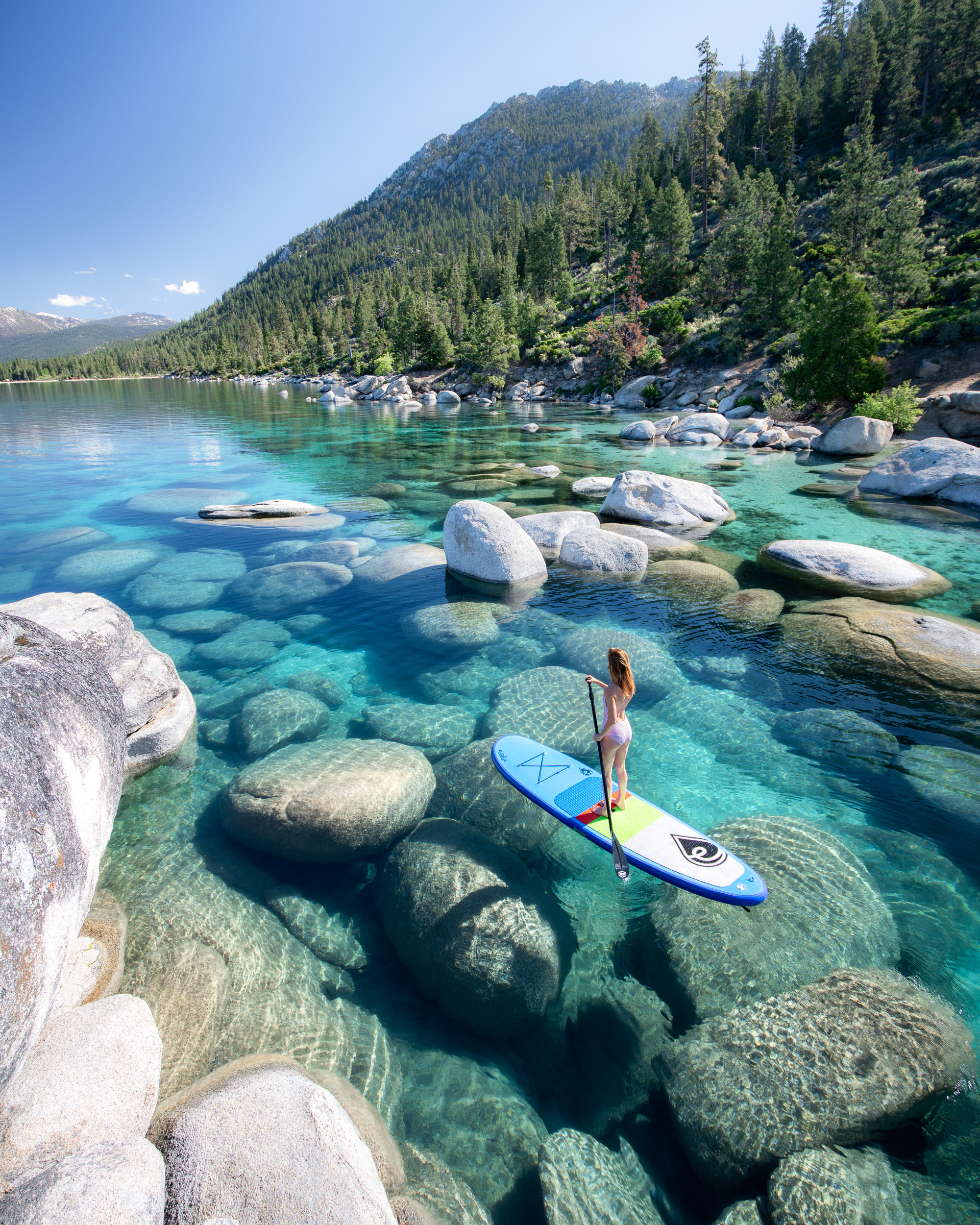
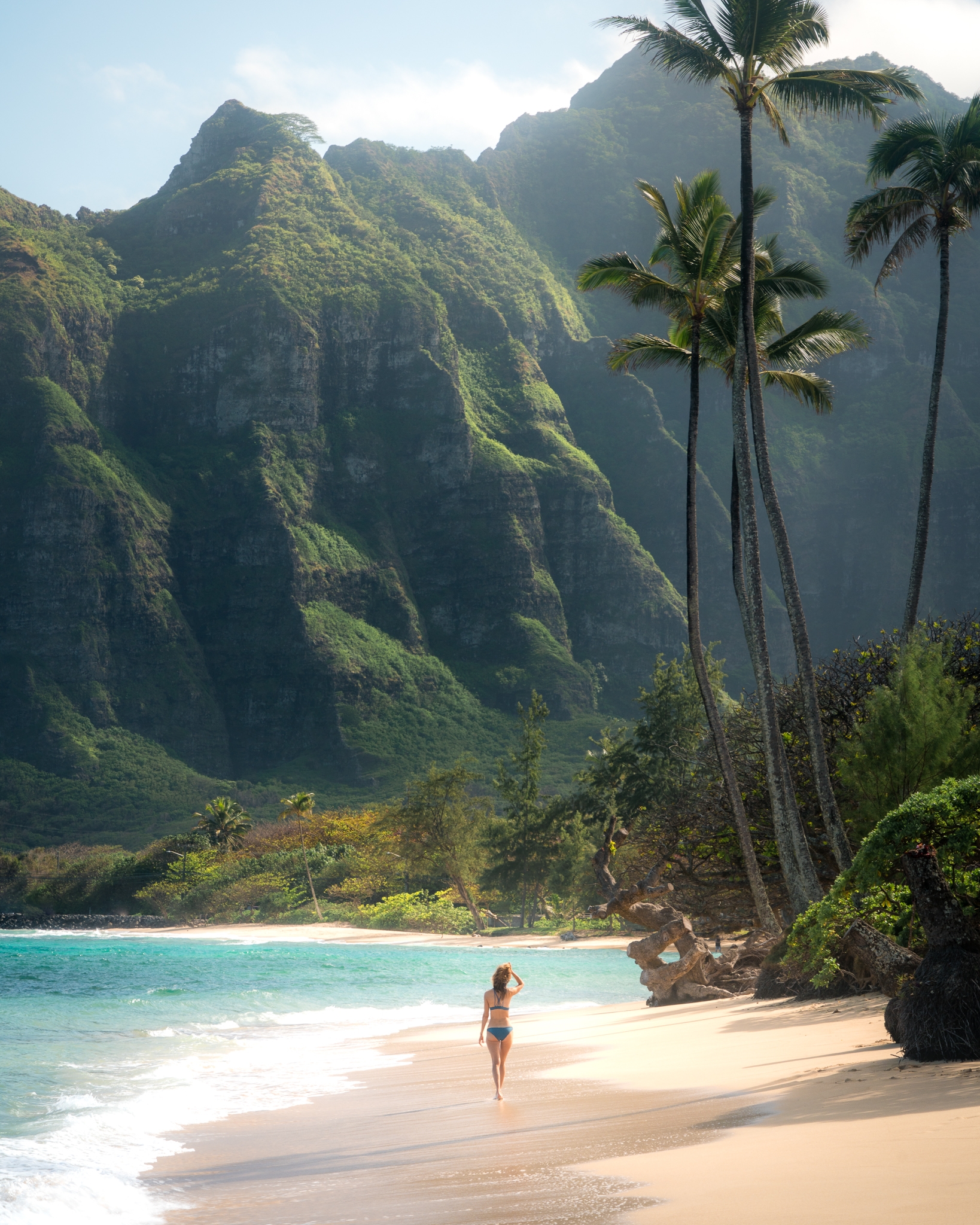
Beautifully written. I felt like I was there with you.
Thank you 😊 Jess
Thank you so much Helene! I can’t tell you how much I appreciate you taking the time to check this post out. And glad to hear that you could visit vicariously through the words and photos.
This was an amazing post! I follow you on Instagram and find all of your work really inspiring and it’s helped me plans quite a few trips!
Thanks Niketa! You’re feedback is so helpful and definitely helps motivate me to keep writing travel guides. It’s so nice to hear that you have used some of them in your own travels! That’s the best feedback. 🙂
Sounds like it was the most amazing trip! Thankyou for all of this information. It’s all so well laid out and communicated and will definitely help me when planning my trip to Antarctica (🤞🏼in the next few years)
You’re so welcome Nicole! I hope you are able to plan a trip soon. It’s truly a once in a lifetime destination. So beautiful!
I love your in detail blogposts!❤️ Thank you for taking your time to write them! I wish we would be going to Antartica soon, but at least we know how to when the day comes due to your writings^^ We used your blogs in Mexico a few years back and we found the most gorgeous cenotes of the beaten track thanks to you. So forever grateful 🙌 and always an amazing read 🔥
Amazing! Mexico is definitely one of my all time favorite countries. So many underrated and less explored areas. Fantastic to hear that you had such a great trip. Thanks for stopping by the blog – I really appreciate it.
So good! Beautiful photos and informative blog.
As usual, beautiful content
Thanks so much Pam!
Thank you so much for this super informative post! Planning on going in a couple of years and was a little daunted by where to start. This post answered so many of my questions!
Amazing! Glad you found it helpful. It’s such a magical place. Excited for you!
Hello
Thank you very much with the detailed info in the trip. We are planning to go this coming summer but still researching timing and operator but for sure duration 8-10days
If you could give a little more insight to
Cost, early bird specials, best time to go etc It would be great
Rgds
Jamil
Hi Jamil. I believe that I have actually covered all of those topics above in some detail. However, if you are looking for more information on cost, you will likely need to contact the various different expedition ships or an agency that specializes in Antarctica bookings. They should have details prices for the upcoming season.
Thank you for all your work to give a great summary and tips for a trip to Antartica. It is definitely in my plans as a destination!
So glad you found it helpful. I really hope you get to check Antartica off your bucket list!
I really enjoyed this blog! Great info and as usual.. great pics 🙂 Thanks Jess!
Thanks so much Liz!